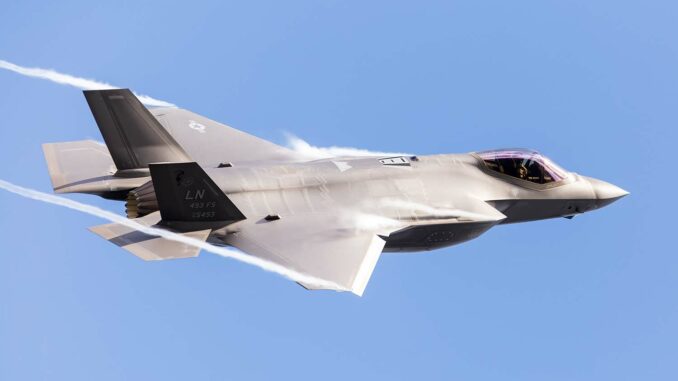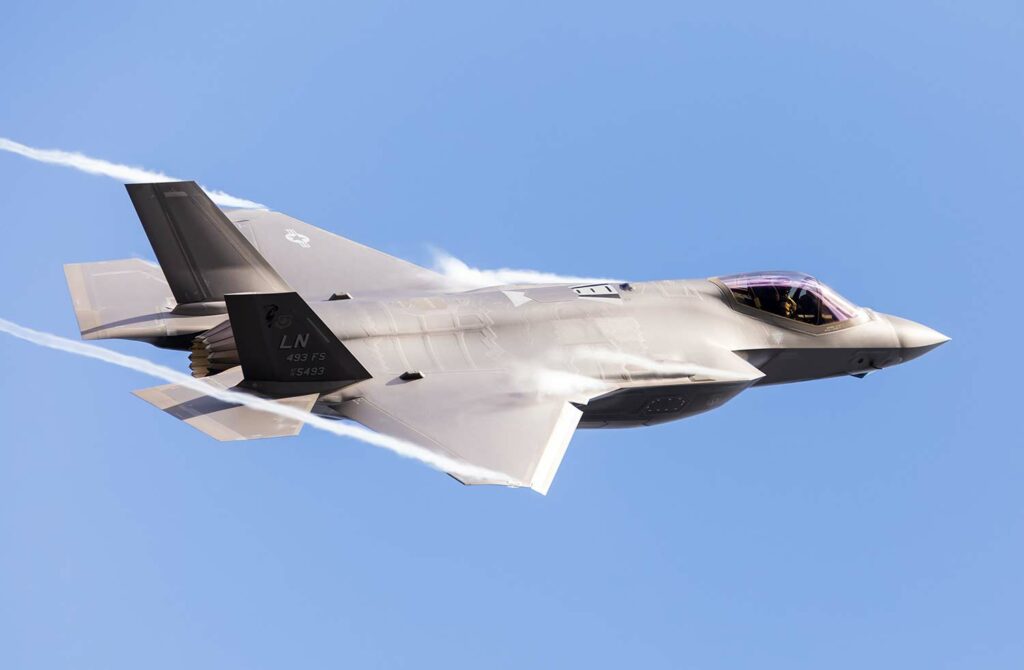
Discover the production challenges and technological implications of delays affecting the F-35 Lightning II, a state-of-the-art fighter aircraft.
Slow production of critical components is affecting the completion of the new F-35, equipped with the Technology Refresh 3 (TR-3) upgrade. These delays, due to production and software integration problems, are having a significant impact on operational capabilities and defense planning.
Production of the F-35 Lightning II fighter, managed by Lockheed Martin, is experiencing significant delays, mainly due to the slow production of key components required for the upgrades, referred to as Technology Refresh 3 (TR-3). This situation raises crucial questions about the efficiency of production management and implications for defense capabilities.
F-35 Project Background and Importance of TR-3 Updates
The F-35 is a pillar of modern air power, incorporating state-of-the-art technologies. The TR-3 upgrades, comprising hardware and software enhancements, aim to increase the aircraft’s processing capacity, computer memory and display performance. These upgrades are essential for the deployment of the more comprehensive Block 4 upgrade, which will improve the F-35’s weapons capability, target recognition and electronic warfare.
Production Challenges and the Current Delay
Lockheed Martin promised to deliver 52 upgraded jets this year, but to date, less than half have been completed. Slow production of essential components for the TR-3 is cited as the main reason for the delay. These components are vital to the smooth operation of the F-35’s advanced systems.
Technical and operational implications of the delays
Delays in the delivery of the F-35 TR-3 affect not only production deadlines, but also operational capabilities. Flight tests, crucial to guaranteeing the aircraft’s performance, cannot be carried out in the absence of these components. Consequently, the Air Force cannot accept new jets without these prior tests.

Laboratory and Test Problems
Lt. Gen. Michael Schmidt pointed out that the laboratories responsible for testing the TR-3 do not adequately reproduce the flight environment, leading to unexpected findings during flight tests. This indicates a need to strengthen laboratory capabilities to better simulate actual flight conditions.
Financial consequences for Lockheed Martin
Lockheed Martin is facing significant financial penalties for failing to meet its contractual commitments for the TR-3 jets. These penalties reflect the severity of the delays and the pressure on the manufacturer to accelerate production.
If these production problems persist, they could hamper future upgrade planning and have repercussions on overall defense capability. The need to retrofit older jets adds a further layer of complexity and urgency to resolving these issues.
Prospects and potential solutions
To overcome these challenges, increased collaboration between Lockheed Martin and test labs, as well as a review of production processes, may be required. Implementing strategies to speed up production without compromising quality is essential.
Delays in F-35 TR-3 production highlight the challenges of manufacturing advanced combat aircraft and the implications for national security. As Lockheed Martin works to resolve these issues, the importance of efficient and reliable production to maintain state-of-the-art defense capabilities remains paramount. Rapid resolution of these issues is essential to ensure that the F-35 meets contemporary operational requirements and expectations.
War Wings Daily is an independant magazine.